
C4 Corvette-based Dragon Roadster
Story and Photos by Steve Temple
The original Lister created back in 1954 was a remarkable car, with a remarkable race driver — the one-armed Archie Scott Brown. The car was somewhat handicapped as well, with notoriously poor drum brakes fitted to a basic ladder frame with a De Dion rear axle. The engines weren’t all that great either, starting with a tuned MG and later a 2-liter Bristol. Despite these impediments, Brown enjoyed great success driving the famous Knobbly Lister-Jaguars, and was known for smoothly sliding sideways through the corners.
Other engines were used later on, both Jaguar and Corvette. The latter variant proved to be somewhat prophetic, at least in the case of the Dragon shown here, a loosely based replica of the Lister. Since the chassis uses a number of later-model Corvette components, the wheelbase is about 9 inches longer and 6 inches wider, and the hood and grille are reworked as well. This new configuration has hit a nerve, as it’s said that there are more Dragons on the road now than original Listers.
How did the owner, Craig Bowers, acquire the more modern mechanicals? That’s a story in itself. Back in 2003, he was cruising through the Gold Country hills of Northern California in his ’93 Corvette when a Ford van crossed the double yellow lines right in front of him. His only escape from a head-on collision was into the mountainside. Fortunately, Craig was not seriously hurt, thanks to the airbag system, but not so the Corvette. It was a total loss, and he figured it would never run again. Well, that’s not exactly what happened next.
A few days later, still smarting from his accident, Craig came across an ad for a Dragon replica that’s built from Corvette C4 parts (it can now also use C5 or C6 components, or a Camaro straight-axle). The malaise he’d been feeling over the loss of his beloved ’Vette suddenly lifted when he realized that it might find another life as a Dragon. Although Bowers’ line of work involves supplying the mortuary business, he’s worked on a number of muscle car and hot rod restorations in his spare time, and his spirits rose at the thought of a new project on his hands.
Bowers contacted Dragon Motor Cars, and after seeing the car in action on the track and driving one, he decided to bring his Corvette back from its untimely demise. He purchased the wrecked car from his insurance company, and began stripping off all the parts. Fortunately, only one trailing arm had to be replaced. Even the radiator was still intact.
But he wanted to improve on the drivetrain, so he sold the factory LT1 engine and automatic transmission for $3,500 to finance the purchase of an LT4 (Gen II, ’96 to ’97) and TREMEC six-speed. They fit into the Dragon’s 4-inch, round-tube frame in short order, as did numerous other components from the Corvette.
Up until Bowers’ buildup, most Dragons had been fitted with carburetors (hence the taller hood), but he opted for EFI instead since he drives in the mountains. That change required installing a fuel tank from a ’97 Camaro on a custom-fabricated cradle made of wood and fiberglass, rather than bolting in a fuel cell normally found in a Dragon.
Another change he made was in the crossmember for the six-speed, instead of the recommended five-speed. Lastly, he went with custom headers from Dragon Motor Cars, along with the upholstery package. (He sold the Corvette’s interior and stereo, which defrayed many of his expenses.)
For bodywork and paint, Bowers chose a local well-known drag racer/painter, Craig Wallace, to apply PPG’s aptly-named Dragon Fire Red and gunmetal silver stripes. While he was working on the body, Bowers got busy bolting on the suspension. Rather than using the Corvette’s transverse-leaf setup, he went with QA1 adjustable coilovers. The slotted brake rotors fit behind Team III’s Trans Am-type “banana wheels” running 17-inch Sumitomo HTR35Zs in the rear and 40s in front.
As his Corvette was reborn as a Dragon, the build brought him a great deal of satisfaction. “I enjoy the details and the custom touches that makes the car your own,” Craig relates. He chose silver bezel AutoMeter gauges with toggle switches on a machine-turned metal console, and kept everything simple and color matching. He had Dragon logo decals made for the wheel hubs and the horn button for a more finished look.
Craig scrapped the idea of having a top made, though. “One does not just get in the Dragon,” he explains. “You kind of put it on, like putting on a shoe. Since it’s so low, I don’t ever use the door. I just step over and slide in. It does have a removable steering wheel, which is handy if I leave it for any length of time. I just lock it in the trunk.”
Bowers also fabricated an air box and relocated the alternator to the bottom, getting rid of all the extra serpentine pulleys. Since there’s no top on the cockpit, there is not much need for AC when running in the foothills of Northern California. Nine months later, Bowers’ Dragon emerged from its lair, breathing fire on several competitors, including Ford-powered reptiles of a different species. Which means that for Chevy guys, the Dragon is a viable Cobra fighter.
“To me the LT4 is a great engine choice,” Bowers feels. “It has reliability, I get 28 mpg on the freeway, and it runs like a scalded dog. Up here in the two-lane twisty roads is more than fun as this low-slung sport car carves the roads with comfort and ease. I left off the power steering and power brakes because I don’t think I need them. The feeling of being connected to the road suits my taste. The car is light and easy to maneuver, and I can still lock up the brakes if I wanted to.”
Even so, he admits to missing his Corvette at times, but in a sense it’s still with him — only better.

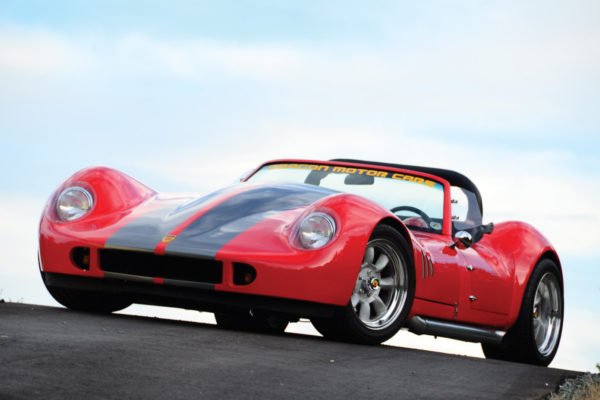
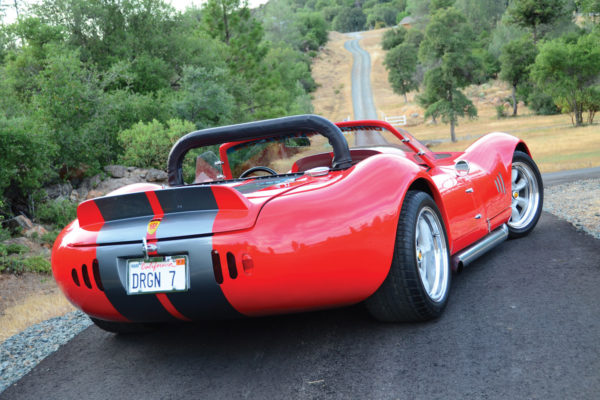
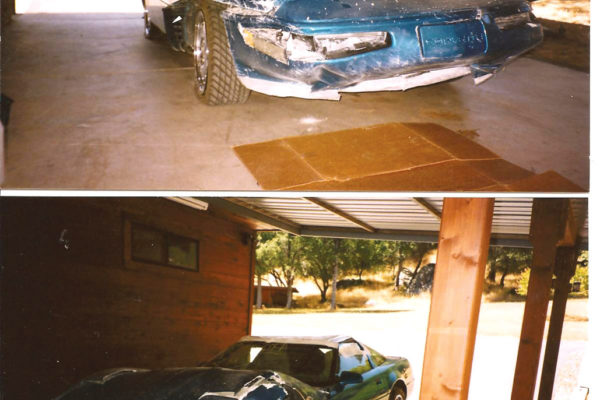
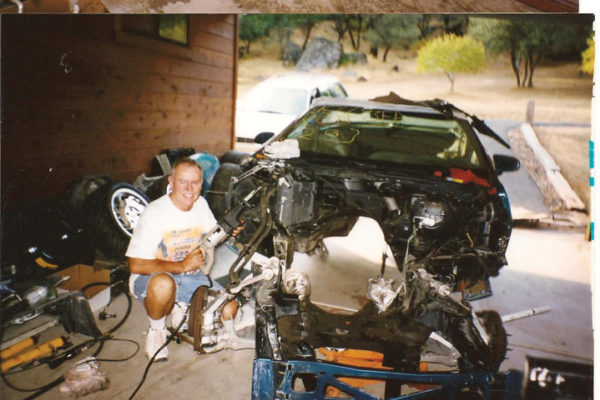
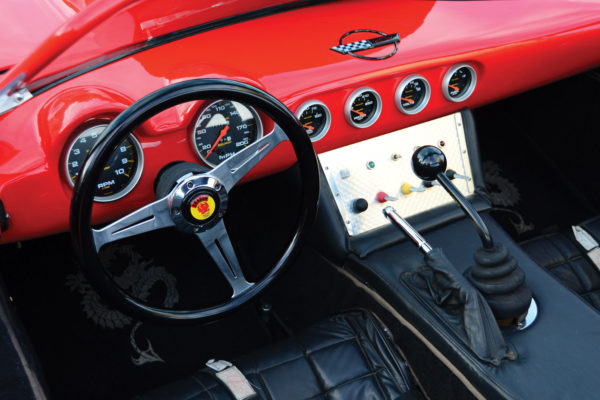
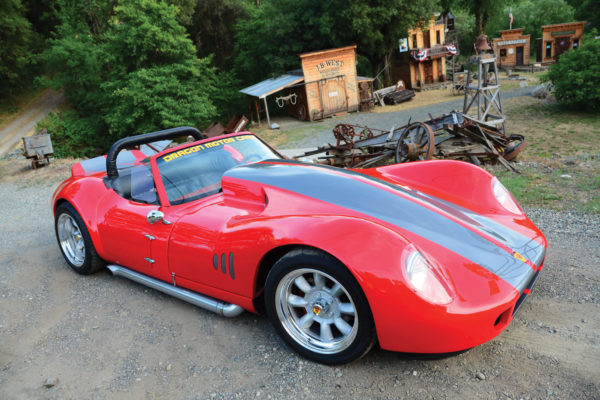
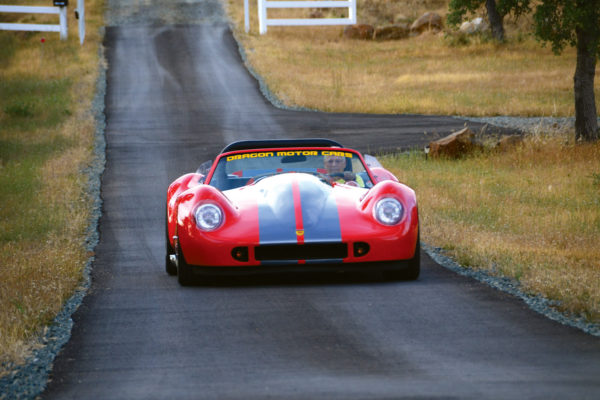
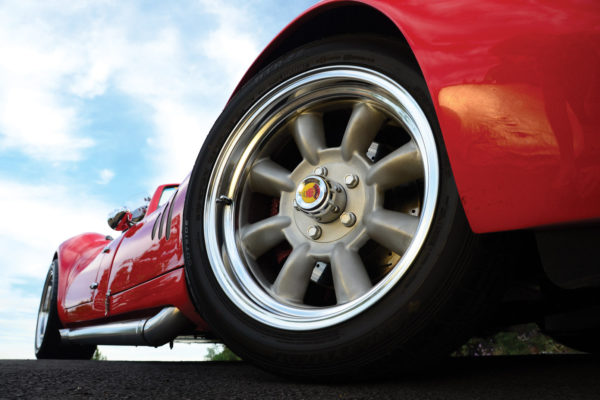
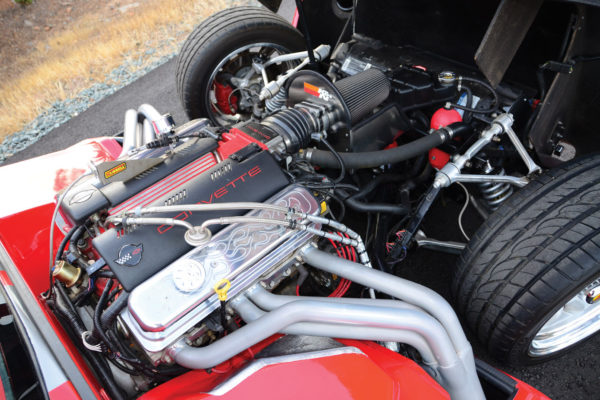
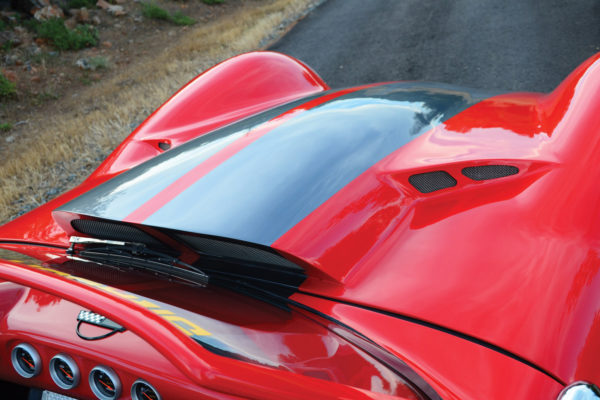
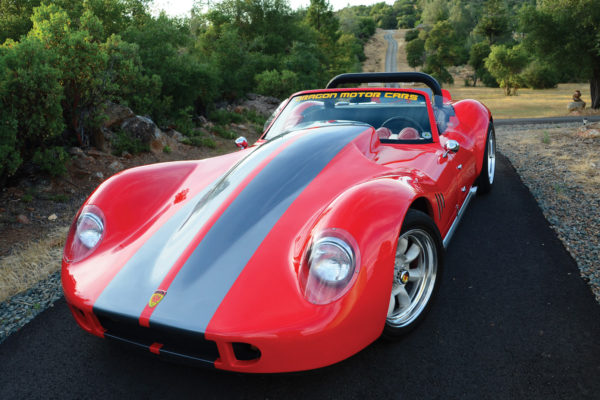
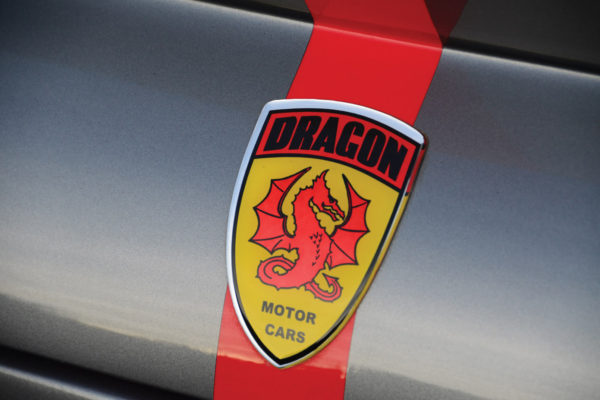
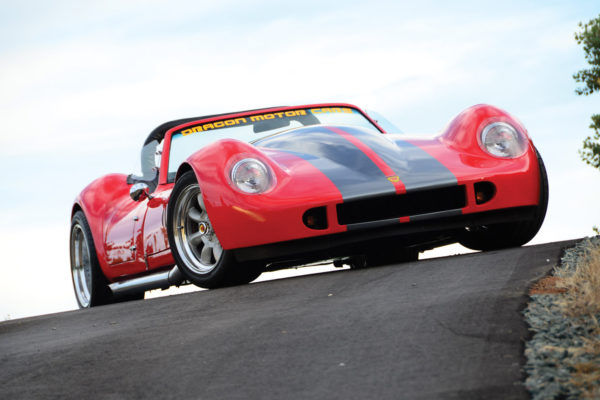
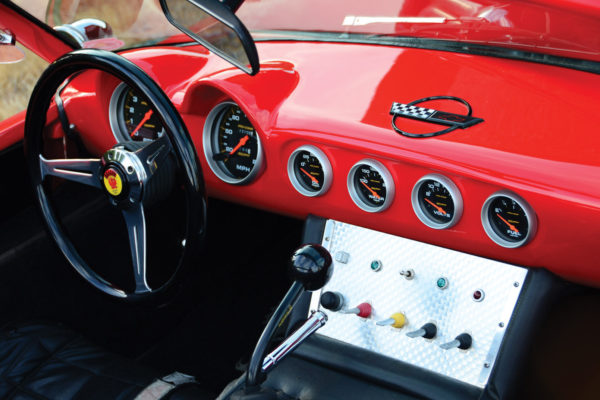
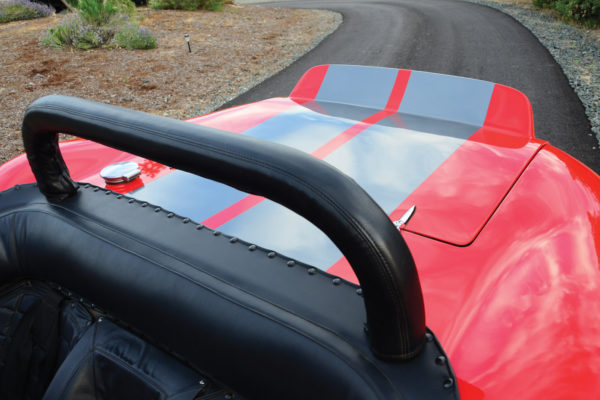
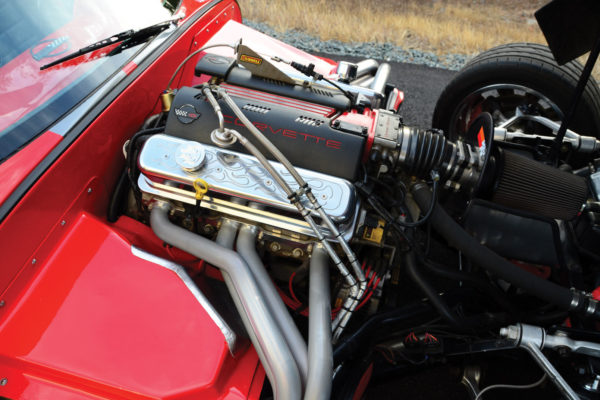
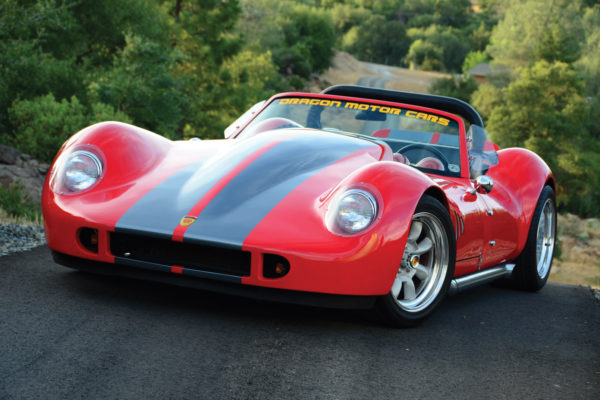
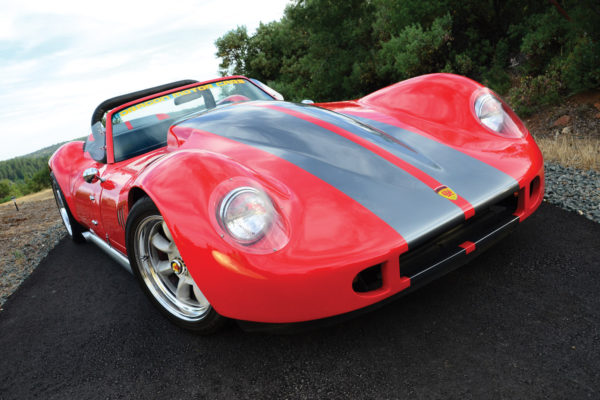
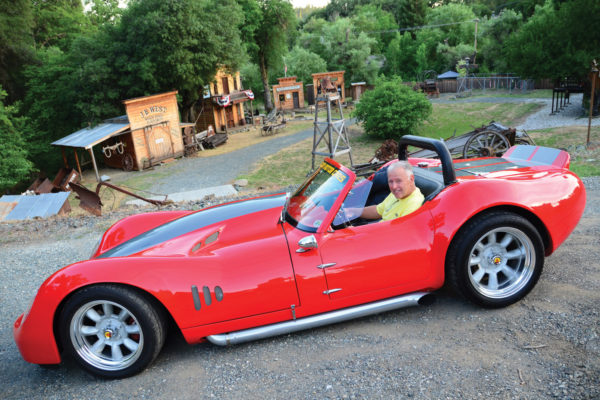
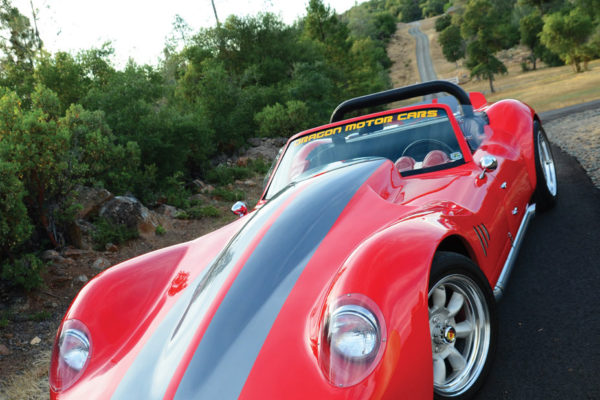
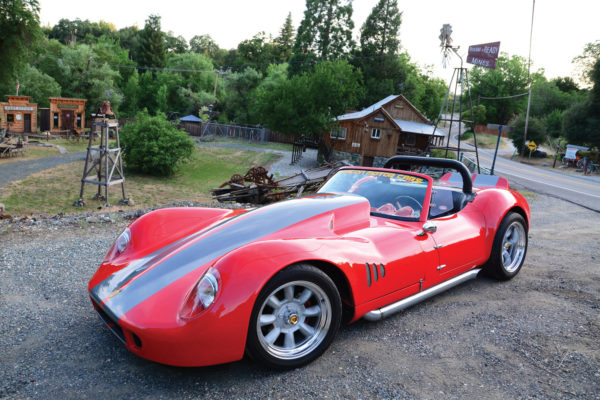
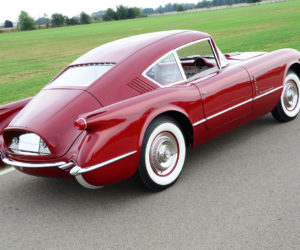
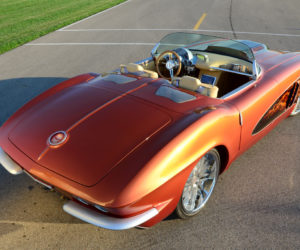
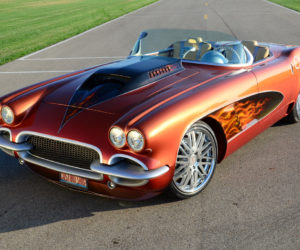
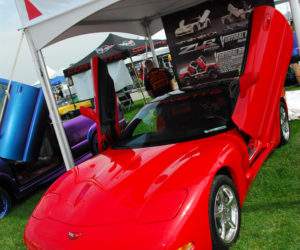
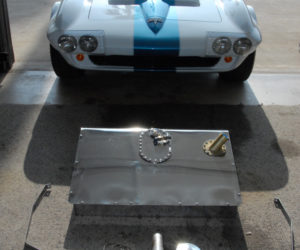
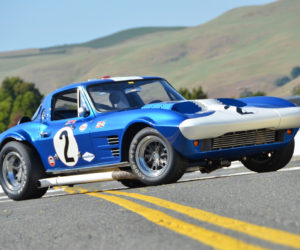




Comments for: Enter the Dragon
comments powered by Disqus